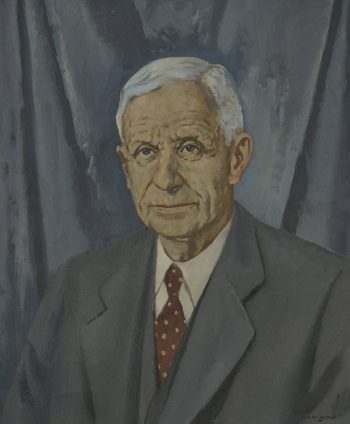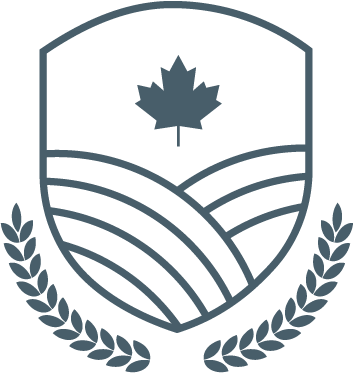Prof. George E. Day
- Canadian Agricultural Hall of Fame
- Inductees
- Prof. George E. Day

- Inducted: 1964
- Residing Province: Ontario
- Gallery Location: 16
Prof. George E. Day
- (1863
- -
- 1949)
Professor George E. Day was one of the most widely known and highly respected livestock authorities in North America. Always a gentleman, his presence lent dignity to every organization with which he was associated.
Following graduation from the Ontario Agricultural College in 1893, he was appointed lecturer on animal husbandry. In 1904 he was promoted to the position of full professor and farm superintendent.
While a member of the college staff he played an active role in developing a bacon type hog. He was one of the pioneers in conducting experiments involving crossbreeding, carcass evaluation and rate of gain.
During his tenure of office the college herds and flocks became recognized as being among the best in Canada, a tribute to his talents as a breeder and developer of livestock.
In addition to his academic duties he took an active part in the planning of the Royal Agricultural Winter Fair and was one of the charter members of that association.
In 1918 he resigned from the college staff to assume the position of secretary-treasurer of the Canadian Shorthorn Association and in the years following, molded the various provincial clubs, each of which had been operating as a separate unit, into a truly national organization.
Le professeur George E. Day était l’une des autorités les plus connues et respectées dans l’élevage en Amérique du Nord. Toujours un vrai gentilhomme, sa présence apportait de la dignité à chaque organisation avec laquelle il était associé.
Après l’obtention de son diplôme de l’Ontario Agricultural College en 1893, il a été nommé responsable de la gestion de l’élevage. En 1904, il a été promu au poste de professeur titulaire et surintendant de la ferme.
Il a joué un rôle important dans le déveoloppement d’un porc à bacon lorsqu’il faisait partie de la faculté au collège. Il fut l’un des pionniers à mener des expériences sur le croisement, l’évaluation des carcasses et le calcul des taux de croissance.
Au cours de son mandat, les différents élevages du collège sont devenus reconnus comme étant parmi les meilleurs au Canada, un hommage à ses talents d’éleveur de bétail.
Au-delà de ses fonctions universitaires, il a pris une part active à la planification du Royal Agricultural Winter Fair et a été l’un des membres fondateurs de cette association.
En 1918, il a quitté le collège pour occuper le poste de secrétaire-trésorier de la Canadian Shorthorn Association et dans les années suivantes, il a organisé les différents clubs provinciaux en groupes indépendants pour ensuite créer une organisation véritablement nationale.
- Canadian Shorthorn Association


